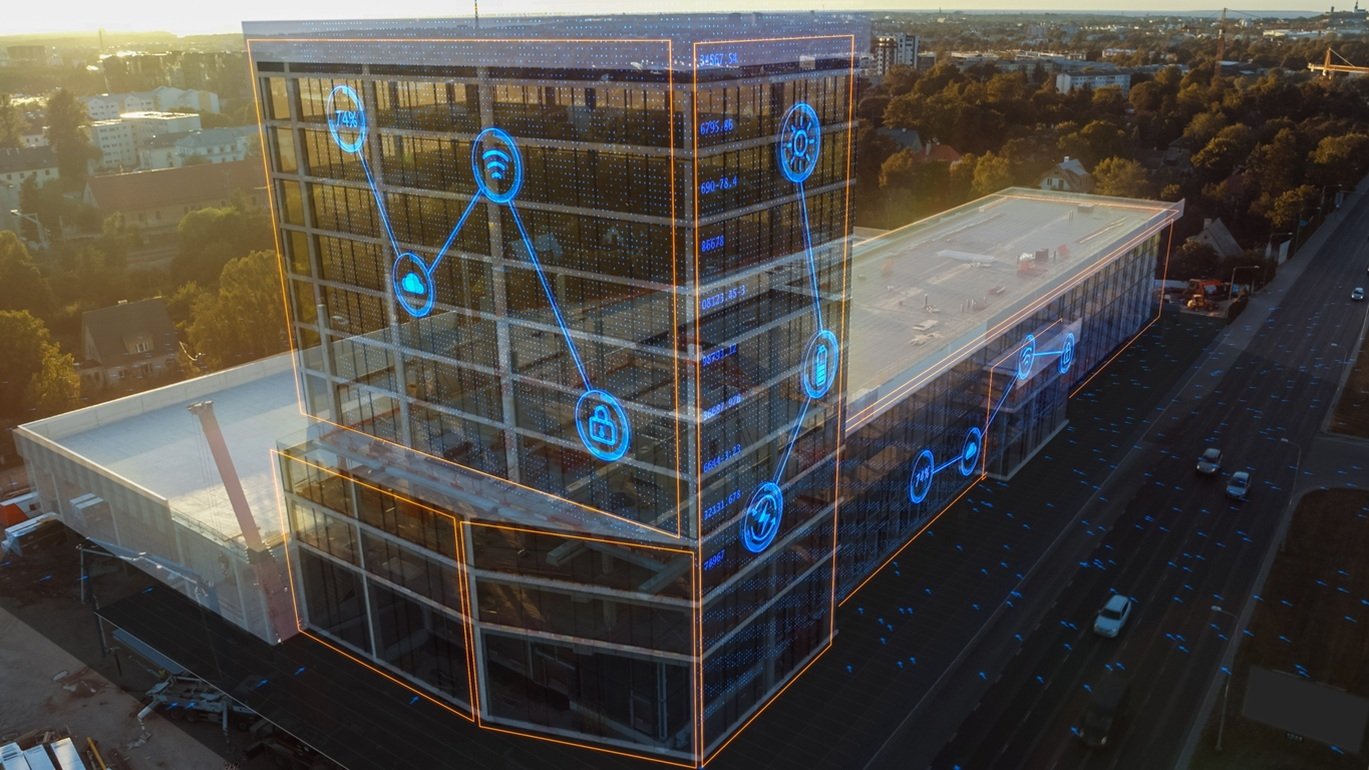
Federal, state, and local government projects have always been a reliable source for construction companies to ensure steady revenue. With the comprehensive infrastructure bill for 2021 promising an additional $1.2 trillion in public spending for construction projects, now is the time to start bidding for contracts.
However, as with all public sector deals, contractors must follow strict guidelines and regulations before working on government projects. Cybersecurity is one of the most critical compliance requirements. For example, 90% of contractors who want to bid on government contracts must meet specific security requirements.
The requirements include risk assessments of the contractor’s existing cyberinfrastructure to identify vulnerabilities; establishing identity management systems with authentication protocols; creating stringent incident response procedures; and upgrading data privacy policies and cloud storage security protocols. The purpose is to protect government data by minimizing malicious intrusions into contractor networks.
What You Will Learn
- CMMC Regulation
- Identify and Access Control and Executive Cybersecurity
- Retire Outdated Systems
- Install Perimeter Firewalls and Endpoint and Antivirus Protection
- Role-Based Access Controls (RBAC)
- Internal Penetration Tests and Vulnerability Scans
CMMC Regulation
Cybersecurity Maturity Model Certification (CMMC) regulation is essential for compliance for government contractors. The CMMC ensures that defense contractors can obtain the cybersecurity they need to protect valuable information. Additionally, the CMMC works on four levels to protect security information.
The first level does its best to safeguard any federal contract information. Then, the second level becomes a transition step in the cybersecurity maturity progression process, which then evolves into protection for controlled, unclassified information (CUI). The third level is to protect CUI. Finally, the fourth and final levels include protecting CUI and reducing the risk of advanced threats.
Identity and Access Control and Executive Cybersecurity Education
Password controls and multi-factor authentication (MFA) are cybersecurity essentials. MFA involves any three of five authenticating factors: something you know (like a password), something you have (like a smartphone or device), or something you are (a biometric, like a fingerprint scan, face scan, or retinal scan).
Passwords are often the weakest link for hackers, and without rules, most people have terrible password practices. As such, enforcing strong password security is critical at every level, from the CEO to new hires.
Executives with access to high-level sensitive data are at higher risk for cyberattacks. Educating them with regular reminders on how to stay secure with strong passwords, updated software, and more lowers their risk of cybercriminals successfully exploiting them.
Retire Outdated Systems
A vital part of an IoT security program is a mandatory plan to eliminate old systems. Employees' smart devices or devices that perform other critical tasks must be checked and adjusted regularly.
Government contractors must ensure that all systems used for government projects are up-to-date and secure. Cyberattacks can happen on old systems, so it's crucial to eliminate any legacy systems that the manufacturer no longer supports. Contractors should also keep track of software updates and patch any security vulnerabilities as soon as they become available.
Install Perimeter Firewalls and Endpoint and Antivirus Protection
Government contractors must install perimeter firewalls to ensure cyber security compliance. As the first line of defense against bad actors and unauthorized access, perimeter firewalls are vital to any government contractor's cyber security plan.
Next-generation firewall technology looks for changes from normal website traffic patterns and enforces access control lists (ACLs) and other advanced features. When choosing a firewall provider, it should promise to keep records of digital events so that IT teams can look into problems quickly.
Data should be secured on individual devices with robust endpoint protection solutions. Endpoint security keeps each device secure within your communication infrastructure, whether laptops, mobile devices or otherwise; contractors should install endpoints on them.
Endpoint and antivirus protection are essential components of cyber security compliance for government contractors. For example, it protects all devices connected to a network from malicious software, viruses, and other threats, including laptops, desktops, tablets, smartphones, and other devices that access the network. In addition, contractors should install antivirus software on all devices to protect against malware and other malicious cyberattacks.
Role-Based Access Controls (RBAC)
Role-Based Access Controls (RBAC) are an essential component of cyber security compliance for government contractors. RBAC is a system that gives users access rights based on what role they play in the organization. This ensures that only authorized personnel can access sensitive information and resources while preventing unauthorized access.
Regarding role-based permissions and other access controls, users are given roles, and each role has one or more privileges that users in that role can use. For example, RBAC adds another layer of security to businesses by ensuring that users can only do what they are authorized to do with their specific roles and responsibilities.
Internal Penetration Tests and Vulnerability Scans
Contractors who work for the government must ensure that their systems are safe and follow the latest rules for cyber security. To do this, they should regularly perform internal penetration tests and vulnerability scans. Also, penetration tests pretend to attack a system to find weaknesses or holes that hackers could use. And vulnerability scans check for known flaws in a system's software or hardware configuration.
Government contractors must ensure cyber security compliance by regularly performing internal penetration tests and vulnerability scans. Internal penetration tests are designed to identify any weaknesses in the contractor’s network that malicious actors could exploit. Testing for vulnerabilities such as unpatched software, weak passwords, and misconfigured firewalls is crucial.



